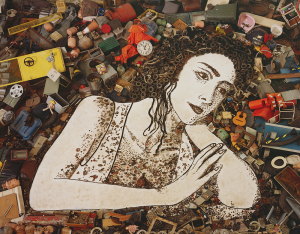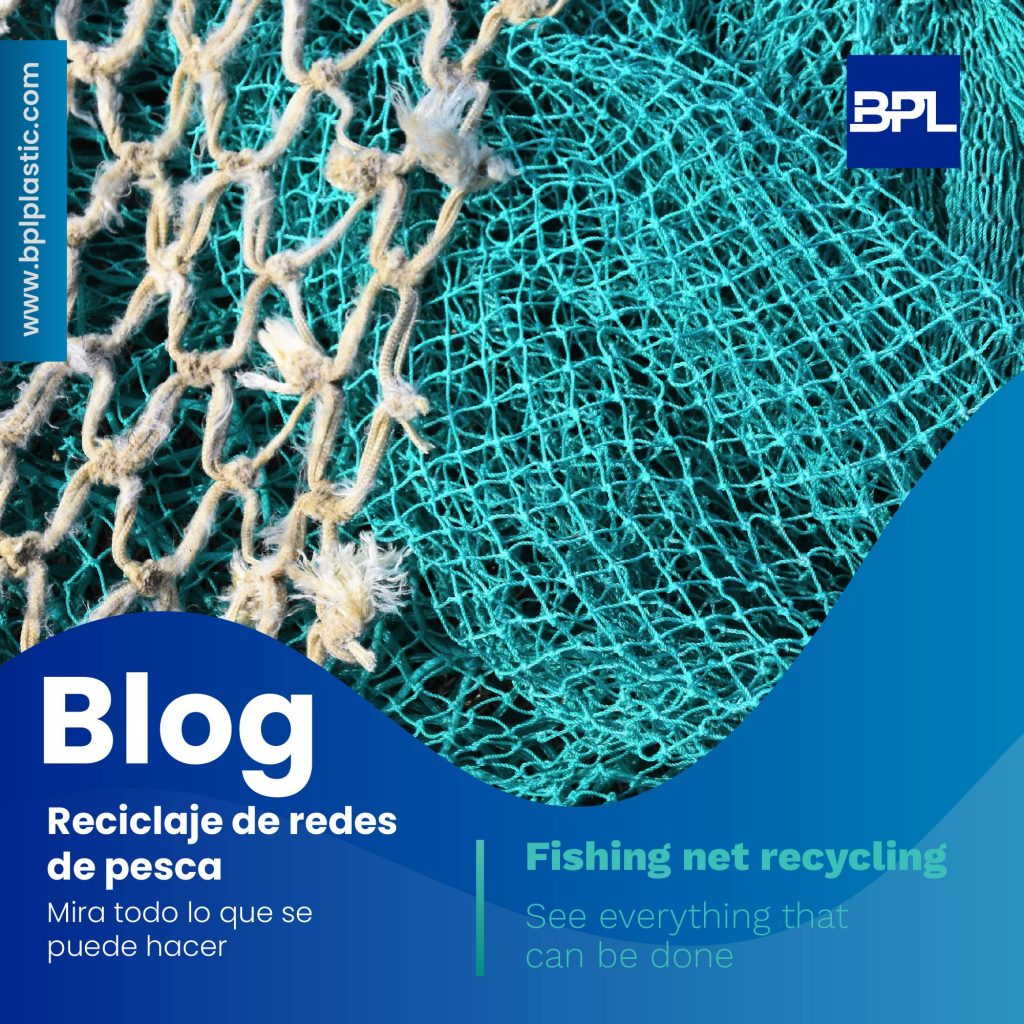The importance of environmental education in plastic recycling
Plastic has become an omnipresent material in our daily lives.
From food packaging to toys, its versatility makes it indispensable in many industries.
However, this convenience comes at a high cost to our environment.
In today’s blog we talk about the importance of environmental education in plastic recycling.
What’s the ambiental education?
Environmental education refers to the process of awareness, understanding and action aimed at preserving and improving the environment.
In the context of plastic recycling, this involves educating people about the negative effects of plastic on the environment.

Likewise, the importance of reducing, reusing and recycling these materials to minimize their impact.
One of the key aspects of environmental education in plastic recycling is raising awareness about the environmental problems we face due to plastic pollution.
By educating people about these types of challenges, they are motivated to take steps to reduce their plastic consumption and increase their recycling efforts.
What teaches us?
Environmental education can provide us with all the relevant information regarding plastic recycling and how to do it correctly.
This includes learning how to properly separate different types of plastic, cleaning packaging before disposing of it, and knowing where it can be recycled, among other things.
Environmental education also provides us with knowledge about the negative impacts of plastic on the environment.
Many people are not aware of the time it takes for plastic to degrade, which can be hundreds or even thousands of years.

There are even many people who are unaware of the consequences it has on marine life and our own health.
By understanding these issues, we are more motivated to take action to reduce plastic consumption and recycle appropriately.
How to apply it?
It is essential to teach how to recycle correctly.
The vast majority of towns and cities have recycling systems.
But in many cases we do not know which plastics are recyclable and which are not, for example.
In that case, people can be taught to identify recycling codes on plastic packaging and separate them properly before throwing them away.
In addition, cleaning plastic containers before recycling them helps avoid contamination of other materials.
This facilitates the recycling process.
Information campaigns on environmental education have been carried out in many schools.
In these campaigns, the little ones were taught basic plastic recycling tips.
By integrating environmental education into the school curriculum, children can be taught about the environmental problems caused by plastic and how they can contribute to solving them.

Additionally, plastic collection programs can be established in schools.
In this way, students learn to separate and recycle materials correctly.
This learning acquired since they were children will surely make them continue with this habit for the rest of their lives.
Public awareness campaigns are also routinely carried out to promote plastic recycling.
These campaigns can use media, social networks and different types of events.
This can spread information about the benefits of recycling and provide guidance on how to do it correctly.
For example, there are campaigns focused on reducing the use of single-use plastic bags, encouraging the use of reusable or biodegradable bags.
The impact of environmental education on the circular economy
By educating children about the importance of recycling, the idea that plastic materials have value even after their initial use is encouraged.
This can boost demand for recycled products, thus promoting a more sustainable cycle of production and consumption.
There is no planet B to flee to when ours is exhausted.
Therefore, we must raise awareness among new generations about the importance of plastic recycling practices.
Environmental education is essential for this awareness.
At Baidal we encourage you to promote plastic recycling 🙂










































